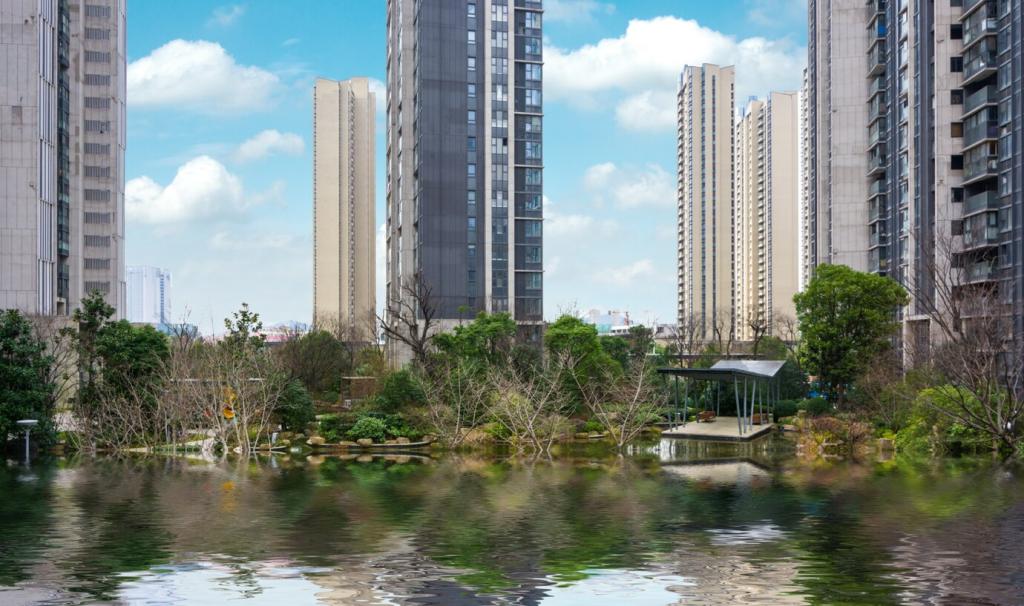Eco-Friendly Habits for City Life
Living sustainably in an urban environment presents unique challenges and opportunities. City dwellers can make a significant positive impact on the environment by adopting mindful habits that reduce waste, conserve resources, and promote a healthier community. Embracing eco-friendly practices in city life is not only beneficial for the planet but also enhances personal well-being and fosters communal ties. This guide explores practical ways to integrate sustainable habits into daily routines, navigating city living with intention and environmental consciousness.

Embracing Public Transportation
Opting for buses, trains, trams, or subways instead of private vehicles can dramatically cut greenhouse gas emissions in cities. Public transport systems are designed to accommodate large numbers of people efficiently, reducing the number of cars on the road. Not only does this lower personal carbon footprints, but it also helps alleviate traffic congestion and reduces the demand for parking spaces. Many cities are investing in cleaner public transit options, such as electric or hybrid buses, further enhancing their environmental benefits. For individuals, using public transportation can be less stressful and more cost-effective than driving, allowing them to relax, read, or even connect with their community during commutes.

Cycling as a Daily Practice
Cities increasingly support cycling by creating dedicated lanes and bike-sharing programs, making it accessible and safe for many residents. Cycling produces zero emissions, improves personal fitness, and offers a practical alternative to driving short distances. Cyclists often find that they can navigate crowded urban streets more flexibly and sometimes faster than cars or buses during peak hours. Investing in a reliable bicycle, learning about safe cycling practices, and planning routes through scenic or quieter city areas can make cycling an enjoyable and sustainable commuting option. Besides environmental benefits, cyclists contribute positively to the city’s culture by reducing noise and fostering vibrant street communities.

Walking Whenever Possible
Urban environments are often designed with walkability in mind, making it convenient for city dwellers to get around on foot. Choosing to walk, even for part of the journey, is the simplest form of eco-friendly commuting—requiring no fuel, emitting no pollution, and contributing to personal health. Walking enables residents to engage with their neighborhoods, discover local businesses, and participate in urban life at a relaxed pace. It also helps build a connection to one’s surroundings and can be a stress-relieving daily habit. Over time, widespread walking can encourage city planners to create more pedestrian-friendly spaces, benefiting the community as a whole.

Previous slide
Next slide
Urban Resource Management at Home
Utilizing energy efficiently is essential for city dwellers, given the high density and often increased demand for electricity and heating. Simple adjustments—such as replacing old bulbs with LEDs, using smart thermostats, and unplugging devices not in use—can make a significant difference. Insulating windows and doors helps maintain desired indoor temperatures, reducing the need for heating or cooling. Adopting energy-efficient appliances can further lower consumption and monthly bills. Embracing these practices not only helps the environment but can also enhance personal comfort and savings, making the urban home a model of sustainability.

Join our mailing list
